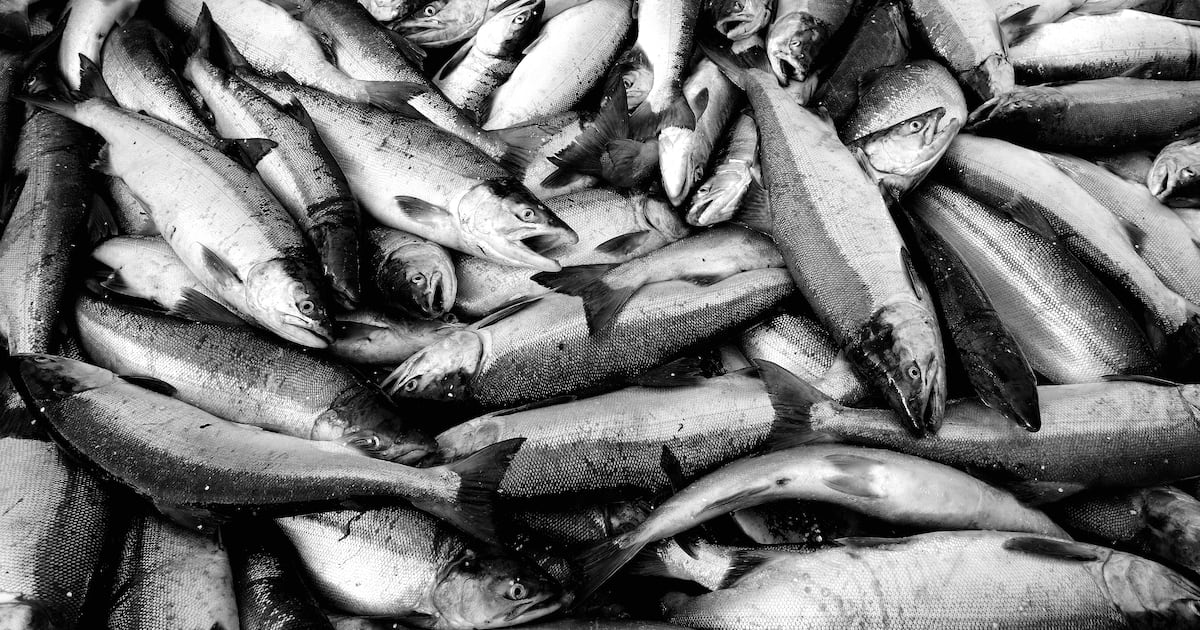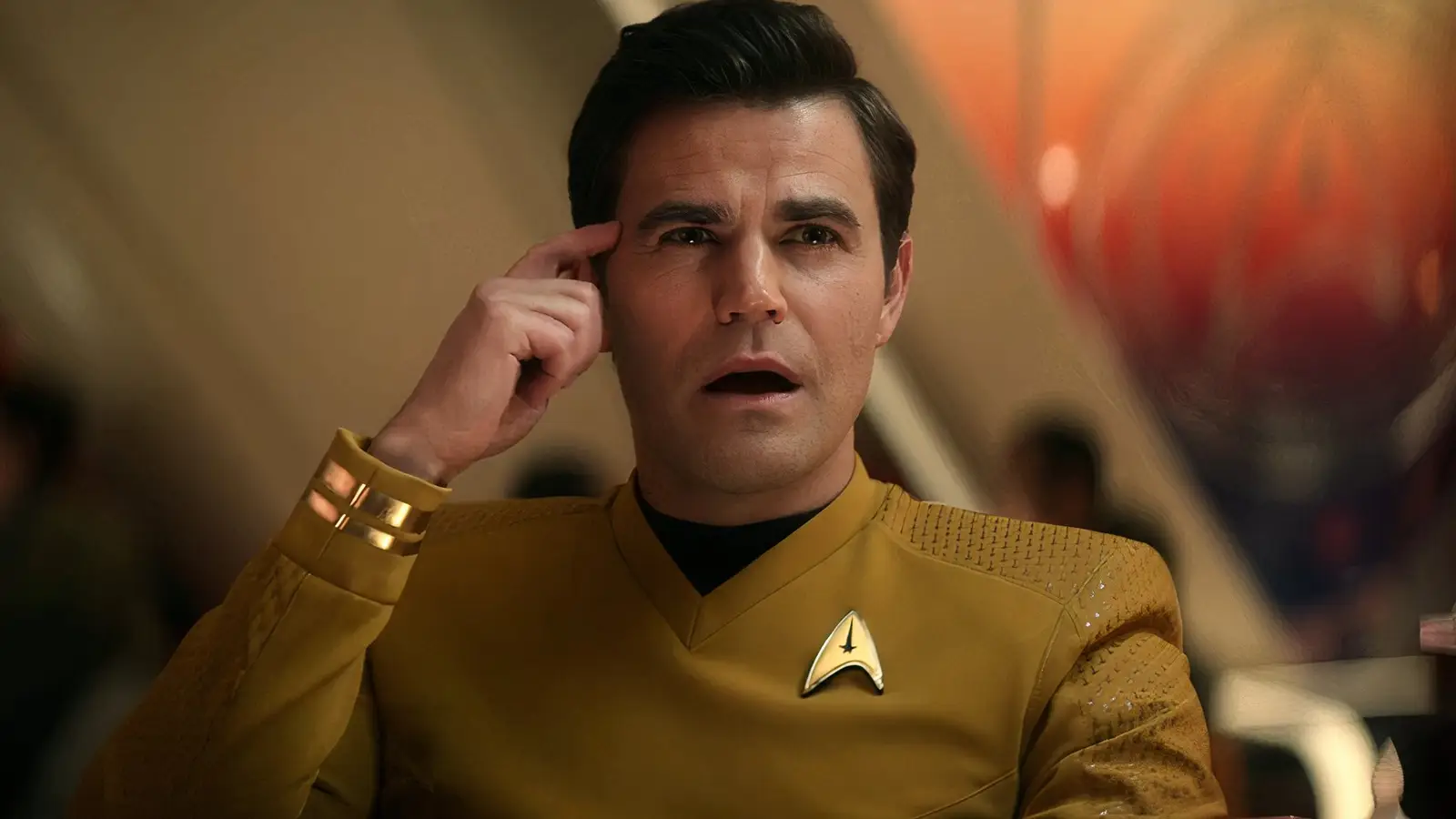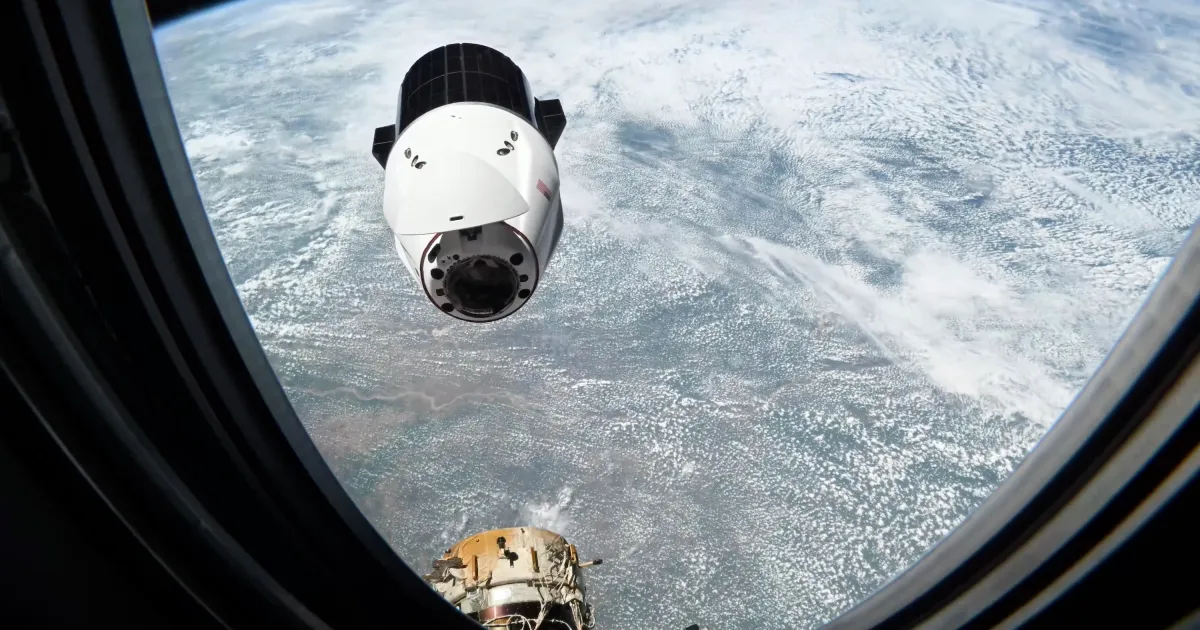
It is unfortunate that our secretaries of Agriculture and Commerce are so out of touch with American seafood production and challenges (“Embarking on an America-first seafood strategy in Alaska” by Brooke L. Rollins and Howard Lutnick).
At the beginning of their piece in the ADN, they correctly point out how important commercial fishing is to Alaska. Fisheries directly employ more Alaskans than any other private sector, and of course, Alaska is the crown jewel of the United States when it comes to all sorts of fishing.
As everyone in Alaska knows, with small exceptions, Alaska’s fisheries are in trouble — from the lack of king salmon across the state, to low prices, to balancing subsistence needs with economic needs. In Alaska, it’s complicated, and we need good leadership both from the federal government and on the state level to address and fix the problems.
While the secretaries seem to be good at pointing out the problems, they are light on solutions. They said, “Despite our bountiful ocean resources and the hard work of our fishermen, federal overregulation has restricted the harvest of seafood through restrictive catch limits.”
Catch limits are restrictive and regulations are there because we want fish in the future. If you are going to pull a giant net capable of catching a hundred thousand pounds of pollock in one tow, there damn well be a lot of regulations on you. Our catch limits are based on science and have kept most of our fisheries sustainable for the last 60 or so years.
Most Alaskans actually want more restrictive catch limits, especially on bycatch, and more regulation, with increasing calls to shut down the federal trawl fishery entirely. This is exactly the opposite of what the Trump administration is calling for. It seems like they want higher bycatch, less science, and less safeguards.
An America-first seafood strategy would look at the regulatory process at the federal level, and look to give federal managers the amount of authority that our state managers have, allowing regulations to be adapted more easily to emerging technologies. For instance, it took years to switch from hook long-lining for black cod to pot long-lining, whereas state fisheries were able to make the switch in about a week.
Instead, this administration has worked to demonize hard-working federal scientists. The uncertainty among the federal workforce last spring was tangible. Regulators could not write new regulations, meaning they could not legally open and close fisheries without congressional help.
In this piece, the secretaries talk about “unreliable fisheries data.” Damage the morale of those collecting the data, and your data will become less reliable. Cut the funding of the agencies in charge of collecting the data will make it even less reliable.
An America-first seafood strategy would elevate the dedicated men and women who spent their lives trying to ensure fisheries are sustainable. This strategy would significantly increase funding for fisheries science. The fisheries management in Alaska is unbelievably good, for how little data we have the manpower and equipment to collect it. While there have been some failures, I would wager that today there are more fish in Alaskan freezers than at any other time in history, and that’s a testament to our great scientists.
They also talk about trade deals with “foreign partners.” The first Trump administration and now the second administration have absolutely kneecapped the industry. The liberal and ridiculous use of nonsensical tariffs has led to retaliation throughout the world. This has absolutely devastated the wholesale price of salmon, much of which is exported. The ex-vessel price of salmon cratered in 2019 after the first round of tariffs and has yet to recover despite record inflation.
An America-first seafood strategy would use targeted tariffs to increase the market share of wild salmon, thus increasing the value, especially of chum and pink salmon, instead of foreign farmed salmon. Furthermore, instead of buying pollock from multinational seafood companies, we purchase salmon, nearly all of which are harvested by small independent harvesters like myself.
The systematic assault on immigrants and immigration, including restricting temporary worker programs, has dramatically raised the price of labor in our canneries to the point where much of Alaska’s seafood is frozen whole and shipped to China for processing. Shoreside processors pay workers more, meaning the fishermen who have little market power earn less.
An America-first seafood strategy would look to expand immigration programs that have been very successful in bringing value to our fishing communities, and to people wanting to work hard and support their families here in Alaska, instead of demonizing and harassing immigrants and making legal immigration harder.
Make no mistake, Alaska needs an America-first seafood strategy. But the solutions offered put Alaska last.
Patrick McCormick is a science teacher, commercial fisherman and sport fishing guide. He holds a B.S. in environmental science from University of Alaska Southeast.



